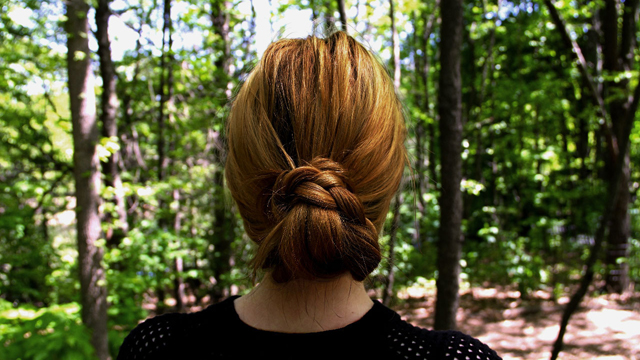
From Twitter #trend to opening on the New York Times Bestseller list, the sardonic voice of Babe Walker strikes the right nerve. Parodic tweets like “I need you to tell me I look like a model” and “What kind of sicko only has one therapist?” set the stage for White Girl Problems, the faux-memoir of a manic early-20s LA heiress.
Playing up the over-the-top mythology of spoiled rich “It” girls, White Girl Problems gives a look into the life of one such (fictional) girl who – surprisingly – you'll end up rooting for. I spoke with the minds behind Babe Walker – LA-based writer Lara Schoenhals and NYC-based brothers/actors Tanner and David Oliver Cohen – on how they turned a tweet into a novel.
How did White Girl Problems come to be? Whose idea was it?
Tanner: I tweeted on my personal account and used the hashtag #whitegirlproblems, just playing around with some funny ideas. I shared the joke with Lara and my brother David, and from there it was almost overnight – within the first week, the actress Emma Roberts retweeted us, and it kept growing from there.
Tell me a little about yourselves – do you all have personal experience with real-life characters like Babe Walker?
Lara: We have people who inspire us, and we definitely have an edge to our creative process shaping Babe's character. We're all creative in our own rights; David and Tanner were actors and I had gone to film school and was writing on my own for a while, so we all had experience in the entertainment industry.
There are some great illustrations of Babe's outfits throughout the book. Who does those?
Lara: Our friend Wyatt Hough is a designer at Band of Outsiders; he's really talented with illustration and his brain works as a fashion dictionary. Every illustrated outfit you see Babe in would have been on the runway or sold in stores during that time of her life. We worked very closely with Wyatt coming up with a timeline. We tried to be tongue-incheek and pick the statement bags or the hard-to-find “It” bags that our favourite celebrities were carrying.
I recognized, in Babe's stories, a lot of the crazy things you hear about celebrities and It-girls like Drew Barrymore, Mary-Kate Olsen, and Paris Hilton. There are some really hyperbolic and funny moments there, but in a way, it's kind of sad.
Tanner: All three of us came to the project with a strong fascination with this kind of story and lifestyle. We were inspired not only with some of the people you mentioned but a lot of the women in reality TV and how they're portrayed. There's something very complex about these narratives because they're aspirational in one sense and they're also very dark – like you said, it's sad – and that toxic cocktail of fascination is really popular right now. She is one of those girls.
David: We tried very hard to inject a level of realism into Babe Walker that would make her appealing despite the fact that she can appear to be very superficial and narcissistic. It's much more entertaining when you can root for someone even though they're totally psycho and all over the place – because deep down, they're really good at their core.
White Girl Problems, by Babe Walker
babewalker.com | twitter.com/whitegrlproblem